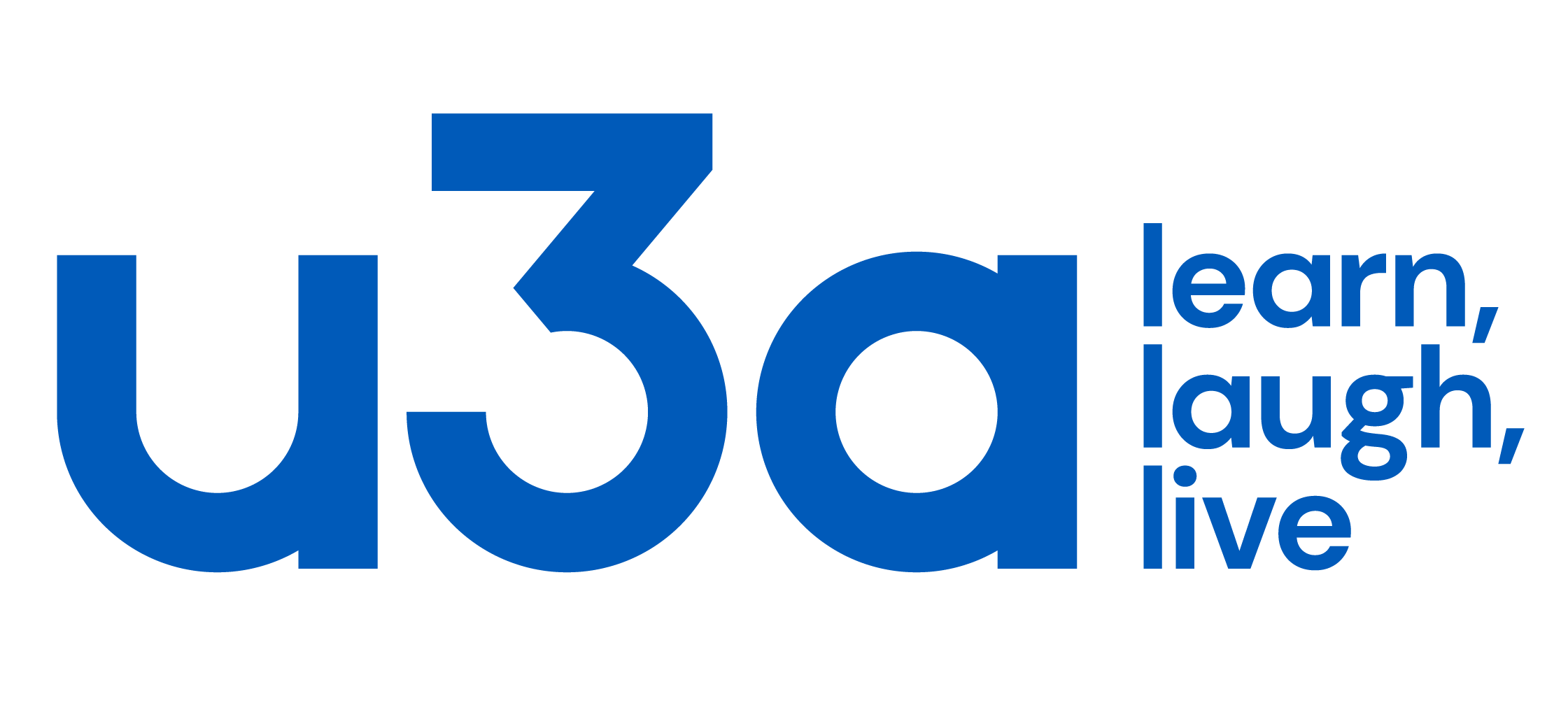 |
 |
 |
 |
 |
 |
The Science & Technology Group
Organising committee: Tanya Dempster, Paul McKay, Bill Devitt, Kurt and Lynda Kovach - science@ashbyu3a.co.uk -
This group is for both people who have a general interest in science as well as those whose careers have been in this area. We meet monthly with talks given mainly by members on a mixture of science/ engineering topics, some science news, information about famous scientists, good YouTube ideas and even the occasional practical activity.
We normally meet in the main hall at Packington Village Hall, High Street, Packington LE65 1WJ on the 2nd Tuesday of the month at 2pm.
Parking is limited, so please try to car-share if possible.
Future programme | ||||
| Date | Time | Venue | Speaker & topic | Details |
| Tue 6th Aug | 2.30pm at the farm | Visit to Farmer Barnes' Dairy Somerby, Melton Mowbray LE14 2PN | NOTE this is a week earlier than we normally meet | A follow up to the talk given by Jane Barnes on the life of a farmer's wife. We shall visit her farm near Melton Mowbray, take a tractor and trailer ride around the fields, watch the cows being milked, feed the baby cows their milk, take tea and cakes in the Cow Classroom followed by a Q&A session and an opportunity to buy cheeses made from the farm's milk. Cost £20pp. Car-sharing will be organised. If you wish to come please email kovach@kovach.co.uk with your name and contact details |
| Tue 10th Sep | TBC | TBC | ||
| Tue 8th Oct | 2:00 pm | Packington Village Hall. | Catrin Rutland 'Science Fiction versus Science Fact - Genetics' | In the 1950’s a new science was born, yet scientists and literature had long been fascinated with what we now call ‘Genetics’. Before the term genetics existed, writers were effectively exploring the idea of genetic manipulation, breeding and future societies in the light of scientific technology. This talk explores how much of this science fiction has, or will, become fact. |
| Tue 12th Nov | 2:00 pm | Packington Village Hall. | Joe Davis 'The Discovery of the Rutland Water Sea Dragon' | The story of how this unique find was discovered, researched and recovered by the man who found it. You could not make it up! |
| Tue 10th Dec | 2:00 pm | TBC | TBC | |
Tuesday 11th June.
Visit to the University of Derby School of Science
For this visit we must thank Burton u3a member Tessa Fleetwood who used to work at Derby University and is a regular visiting member of the Ashby u3a S&T Group. After collecting our visitor passes our group of 29 members assembled in the Microscopy Laboratory. Here we were split into 3 smaller, more manageable groups before visiting the first of five facilities.
My first stop was the Digital-Optical Microscopy area. A scale of a butterfly wing magnified 1000 times could be processed to increase the depth of field, giving a 3D effect. We then viewed red blood cells, bacteria and human skin cells. All too soon it was time to move onto the formidable scanning electron microscope. By using an electron beam, which has a much smaller wavelength than white light, this microscope and the transmission electron microscope, could magnify up to 200 thousand times, allowing us to see viruses. Amazingly, specimens for these microscopes need to be in a vacuum and plated with gold or platinum.
For something completely different, we then moved onto the Aquatics laboratory where research into the damage caused by global warming to coral, and the algae growing on it is carried out. This is conducted by growing coral in a large aquarium, a most unlikely research subject for a university so far from the sea.
Next up was a crash course in geology, where various rock samples were used to explain their origins and uses. We were shown a geological map of an island used by students to learn how rocks are formed and shaped as they age. I learned how to pronounce ‘schist’ and ‘gneiss’, rocks I had only read about.
The Forensic Training Facility is an ordinary domestic house adjacent to the University but inside it is far from ordinary. Each room can simulate a crime scene to teach students about forensic analysis. We met a Masters student who was researching the lifecycle of maggots to estimate how long a murder victim had been dead. Gruesome stuff, but it could be vital evidence in a court case.
It was now rather late in the afternoon but the enthusiasm of the lecturer in the Map Room still managed to stir our interest. Old maps are a mixture of geometry, navigation, art and history, a far cry from the digital versions on our mobile phones and satnavs. It had been a fascinating afternoon with a broad range of subjects explained in a way that kept us interested for nearly 3 hours. After thanking our host, Dr Graham Souch and his team, we headed home to rest our brains and have a well-earned drink.